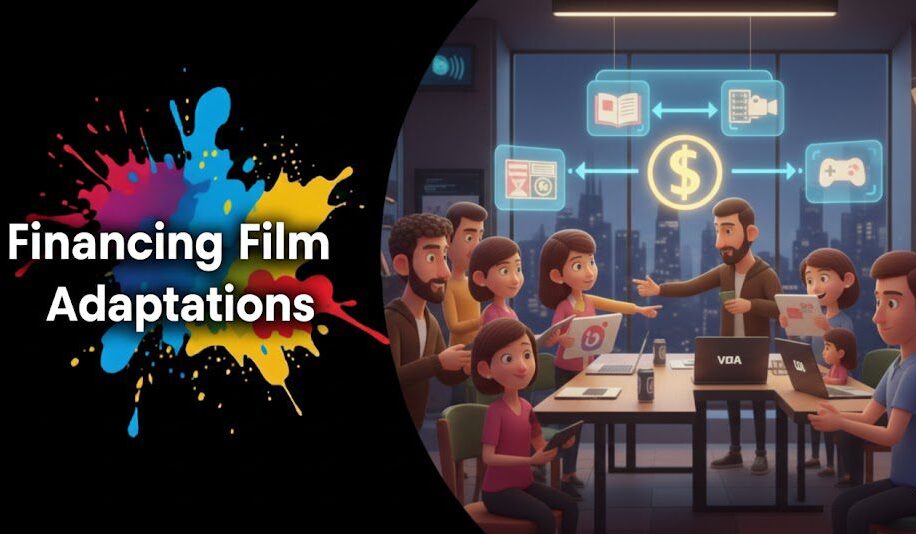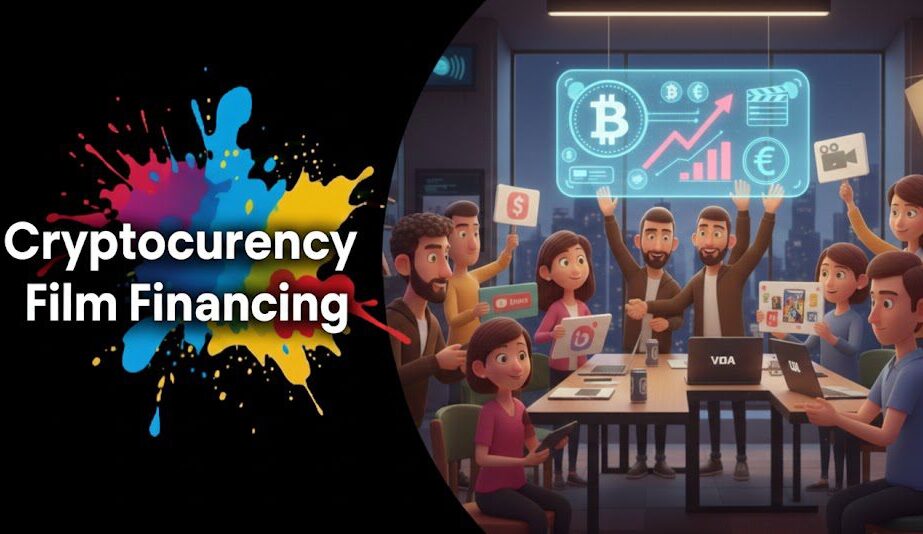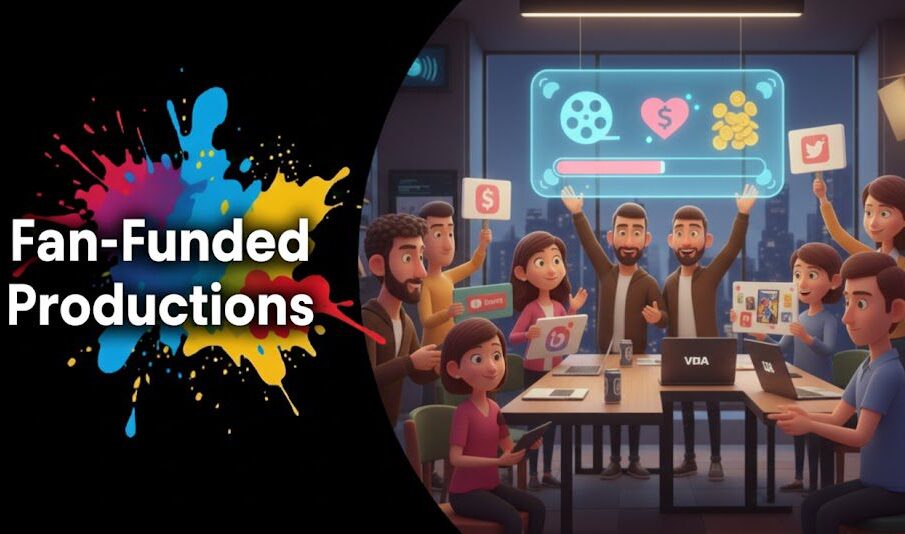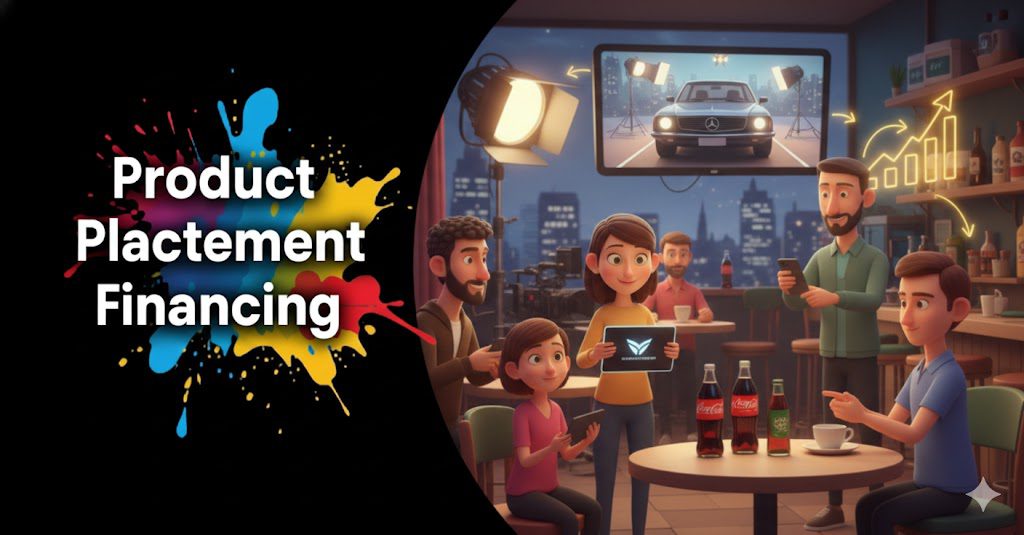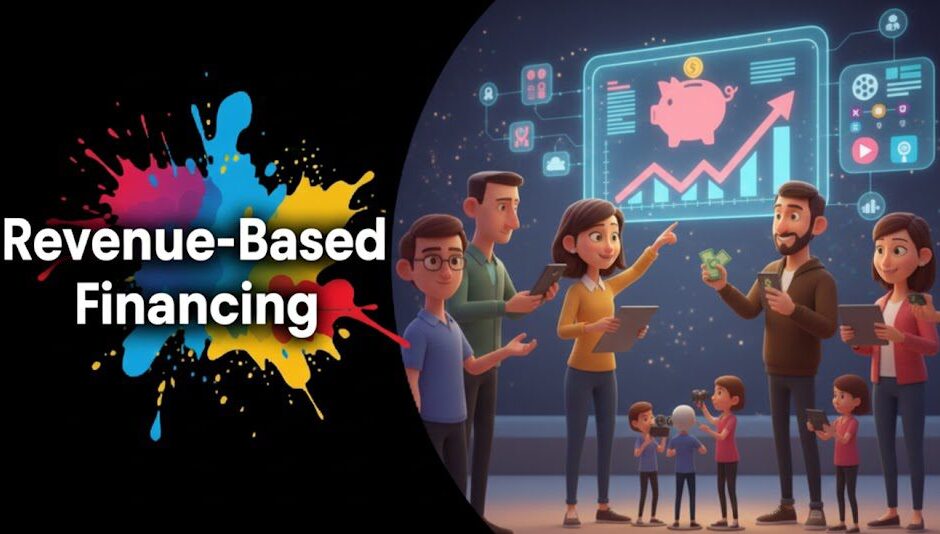Introduction:
In the dynamic landscape of content licensing, innovative pricing models are key to maximizing revenue and staying competitive. As the entertainment industry evolves, content owners and distributors must adapt their pricing strategies to reflect changing consumption patterns and market demands. This comprehensive guide explores cutting-edge pricing models for content licensing, offering insights into how to optimize your revenue streams in this complex ecosystem.
Content acquisition in the OTT industry is deeply intertwined with these evolving pricing strategies, making this topic crucial for industry players.
Table of content
- Traditional Pricing Models: A Brief Overview
- Performance-Based Pricing
- Tiered Licensing Models
- Hybrid Pricing Strategies
- Dynamic Pricing in Content Licensing
- Micro-Licensing and Granular Content Monetization
- Blockchain and Tokenization in Content Pricing
- How Vitrina Facilitates Innovative Pricing Strategies
1. Traditional Pricing Models: A Brief Overview
Before diving into innovative models, it’s important to understand traditional approaches:

- Flat fee licensing
- Per-subscriber pricing
- Revenue sharing models
- Minimum guarantee plus revenue share
While these models still have their place, the industry is rapidly moving towards more dynamic and flexible pricing strategies.
2. Quality and Production Value
The overall quality and production value of content are critical factors in its potential success. Consider:
- Visual aesthetics and cinematography
- Sound design and music
- Acting performances and direction
- Special effects and post-production quality
- Storytelling and narrative structure
High-quality production values can significantly enhance viewer experience and perception of your platform. However, it’s essential to balance this with other factors, as sometimes lower-budget productions can still resonate strongly with audiences.
To better understand what constitutes high-quality content in different contexts, exploring examples of successful content acquisitions can be enlightening.
3. Tiered Licensing Models
Tiered licensing offers flexibility and scalability:
- Platform-based tiers (e.g., different rates for SVOD, AVOD, TVOD)
- Audience size tiers for broadcasters and streamers
- Quality-based tiers (SD, HD, 4K, etc.)
- Exclusivity-based tiers
This model allows for more nuanced pricing that reflects the value and usage of content across different contexts.
Empower Your Platform with the Best Content

4. Hybrid Pricing Strategies
Hybrid models combine multiple pricing approaches:
- Base fee plus performance bonuses
- Tiered pricing with revenue sharing components
- Minimum guarantee with escalators based on performance
ESPN’s content acquisition strategy often employs hybrid models, particularly for high-value sports content.
5. Dynamic Pricing in Content Licensing
Dynamic pricing adjusts content fees based on real-time data:
- Demand-based pricing fluctuations
- Seasonality adjustments
- Competitive landscape considerations
- Audience demographic shifts
This approach requires sophisticated data analytics but can significantly optimize revenue.
Supercharge Your Content Acquisition Strategy

6. Micro-Licensing and Granular Content Monetization
Micro-licensing allows for monetization of smaller content units:
- Scene or clip-based licensing
- Character or music cue licensing
- User-generated content (UGC) monetization models
- Short-form content pricing for emerging platforms
This granular approach opens up new revenue streams, particularly in the digital and social media spaces.
For insights on leveraging micro-content, explore our guide on acquiring international content, which often includes diverse content formats.
7. Blockchain and Tokenization in Content Pricing
Emerging blockchain technologies offer new possibilities:
- Smart contracts for automated, transparent licensing
- Tokenization of content rights for fractional ownership
- Cryptocurrency-based licensing models
- Blockchain-enabled direct-to-consumer micro-transactions
While still emerging, these technologies promise to revolutionize content licensing and monetization.
8. How Vitrina Facilitates Innovative Pricing Strategies
Vitrina offers cutting-edge tools to implement and manage innovative pricing models:
- Comprehensive Content Database: Access a vast library of licensable content suitable for various platforms.
- Rights Management Information: Get clear insights into available rights for different territories and platforms.
- Market Intelligence: Stay informed about content performance trends across different platforms.
- Networking Platform: Connect with content owners and distributors to explore multi-platform licensing opportunities.
- Global Licensing Opportunity Finder: Identify lucrative licensing opportunities in various international markets.
- Industry Insights: Access reports and analyses on successful multi-platform licensing strategies.
- Deal Room: A secure environment for negotiating and finalizing licensing agreements.
For a deeper understanding of how to leverage these tools, consider exploring <a href=”https://vitrina.ai/blog/cbc-gem-content-acquisition-unraveling-the-streaming-giants-strategy-vitrina-ai/”>CBC Gem’s content acquisition strategy</a>, which utilizes advanced pricing models.
Key Takeaways
- Move beyond traditional flat-fee models to more nuanced, performance-based approaches.
- Consider tiered licensing to reflect the diverse value of content across platforms and uses.
- Explore hybrid models that combine multiple pricing strategies for optimal results.
- Leverage data for dynamic pricing that responds to market conditions in real-time.
- Investigate micro-licensing opportunities to monetize content at a granular level.
- Stay informed about blockchain and tokenization trends in content licensing.
- Utilize advanced tools like Vitrina to implement and manage complex pricing strategies.
Frequently Asked Questions
Consider factors like content type, target platforms, audience demographics, and your overall business model. Vitrina’s analytics tools can help you model different scenarios.
While they work well for many content types, some niche or high-value content might still benefit from traditional or hybrid models. Analyze your specific content and market position.
Focus on niche markets, explore micro-licensing opportunities, and consider partnering with larger platforms. Vitrina’s tools can help level the playing field with advanced analytics and marketplace connections.
Potential risks include pricing volatility, complex implementation, and the need for robust data analytics. Mitigate these by starting with small-scale tests and gradually scaling up.

























